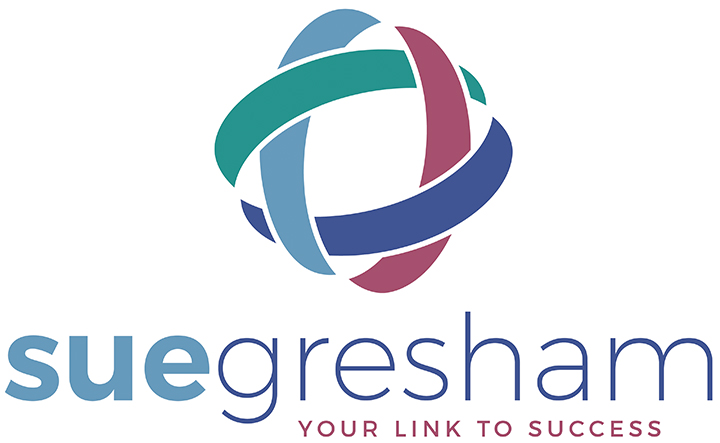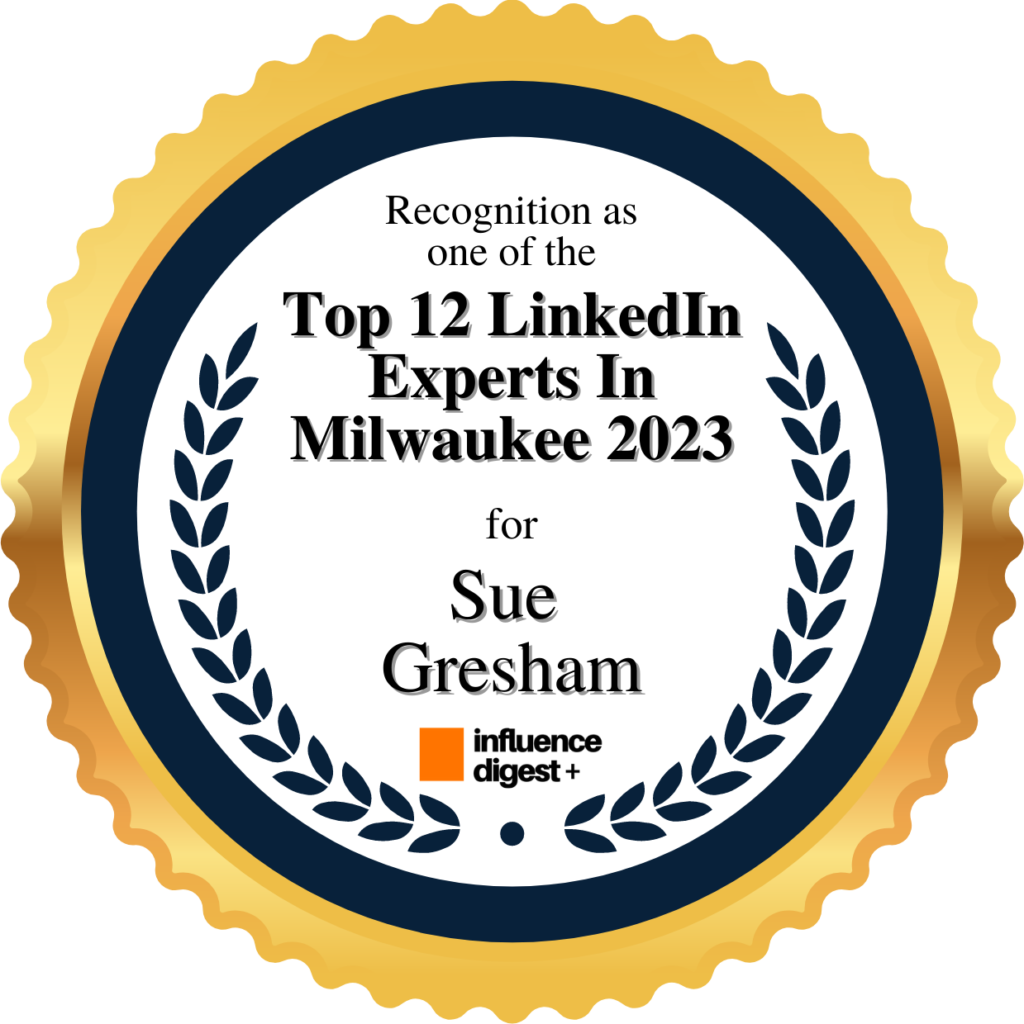Typically, when someone starts a job search, the first thing they do is create a resume. It’s true, that’s really important, but it’s just as important to work on your LinkedIn presence right away too.
Why? Because LinkedIn is your very own, personal, career website. It’s the one place people can go to learn all about your professional life.
While the statistics vary, studies show that between 85 – 92% of all recruiters and hiring managers are using LinkedIn to proactively find candidates. They also use LinkedIn to vet (verify) the career experience and history of candidates. And, there are some recruiters that only use LinkedIn. So, if you aren’t there, you may not exist to recruiters.
Did you know, LinkedIn earns most of its money from their recruiter premium packages. These packages give recruiters almost unlimited search options for finding and then contacting candidates. Their searches are based on keywords and other information a candidate includes on their profile. So, the goal of a job seeker is to make sure they put the information on their profiles that a recruiter is looking for.
Things to Know
- Realize there is more to LinkedIn than just having a profile. LinkedIn is the #1 professional online networking platform. The main point here is networking. In reality, over 75% of all jobs are found through networking. Strategically add people to your network that you have worked with, know your abilities, and who can endorse, recommend or refer you.
- Your profile is more than just your resume. In fact, it should complement and provide more information than your resume. Think about it, a typical resume goes back only 10 – 15 years and you have just enough space to list a few top accomplishments. On LinkedIn, you can include your whole work history if you want. And, more importantly, you have up to 2,000 characters of description area for each position so you can incorporate information that is relevant to your current search.
- You want to stand out to get noticed, right? Use LinkedIn to tell others about your “secret sauce”. You have certain skills and/or a special way of doing things that’s made you successful at what you do. Use the Summary section to tell others about your “secret sauce” by mentioning a problem that you can solve for your future employer and how you’ll do it.
- Focus your profile and all LinkedIn activities on where you want to be, not where you’ve been. Think about your ideal job and build your profile focused on that. If you are changing careers, describe your successes that are transferrable to that new position. There are a lot of terms that are outdated, including job titles. Incorporate current terms and get rid of the old ones that might limit or date you.
- Along these lines, think proactively and start looking for people in the companies, positions, industries that you want to be in. Reach out to them and connect (if it makes sense).
- Make sure that people (especially recruiters) can contact you easily. LinkedIn does not make your personal email address or phone number available to people you are not connected to. And, not every recruiter or hiring manager has a premium recruiter package or easy access to your information. Make it easy on them, include your email address in your Summary so they can reach out to you outside of LinkedIn.
- Use LinkedIn to search for information about your target companies and industries and the people at those companies. Review the company’s LinkedIn page. Sometimes you’ll find job listings there. Sign up for alerts and check to see the employee list to see if you find someone you know or someone who is a 1st connection to one of your closest connections. Ask for an introduction.
- When you do get an interview, check out your interviewer’s profile. Look for something you have in common, information about what they do there. And, read any recommendations they made! You can learn a lot about what is important to someone that way.
And There’s More
Commercial Search Limits: If you have a free account, be careful about how many searches you do in a calendar month on LinkedIn. If you do too many, LinkedIn might shut down your ability to search for the rest of the month and they’ll ask you to upgrade to a paid account. Be judicious and smart.
Job Seeker Premium Account: Take a look at all of the features of a paid account. It may be worth the investment of about $ 30 a month to have better access to jobs. You can go month-to-month and the first month is free to try it out. Pay special attention to the cancellation information and your renewal dates so you aren’t stuck longer than you want to be.
Schedule Time for LinkedIn: Using LinkedIn should be a part of your daily routine while you are in job search. You should connect with people to grow your network (think referrals!), contribute to conversations to show your expertise and knowledge and you should occasionally make little tweaks to your profile to refresh it and keep it relevant.
If you need help determining what to put in your profile and how to craft your experience so that it’s interesting to recruiters, click here to contact me for more information.

